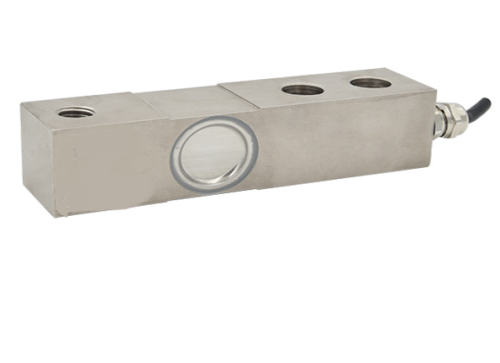What are the different types of load cells?
2024-03-08
Load Cells are a device used to measure and monitor the weight or mass of an object. They are widely used in industrial production, commercial retail, medical diagnosis, scientific experiments and other fields. According to different working principles and application scenarios, load cells can be divided into many types. Pressure sensor: Uses the pressure exerted by an object on the sensor to measure the weight of an object. It has the advantages of simple structure and low cost. Resistive strain sensor: The force exerted by an object on the sensor is used to deform the Strain Gauge, thereby changing the resistance value of the sensor, thereby measuring the weight of the object. Capacitive weighing sensor: It has the advantages of simple structure and fast response speed, and is suitable for some fields that require high weighing response speed. When a force is applied to an object, the distance between the capacitors or the dielectric constant of the medium changes, thereby changing the capacitance value and thereby measuring the weight of the object. Magnetic induction load sensor: uses the weight of an object on the sensor to change the magnetic field inside the sensor to measure the weight of the object. Ultrasonic load cell: Calculate the weight of an object by measuring the propagation time of ultrasonic waves between the object and the sensor. There are many types of load cells, and different types of load cells have their own advantages and disadvantages in different application scenarios. Choosing a suitable load cell type can effectively improve the accuracy and stability of weighing, and provide better support for applications in related fields.



